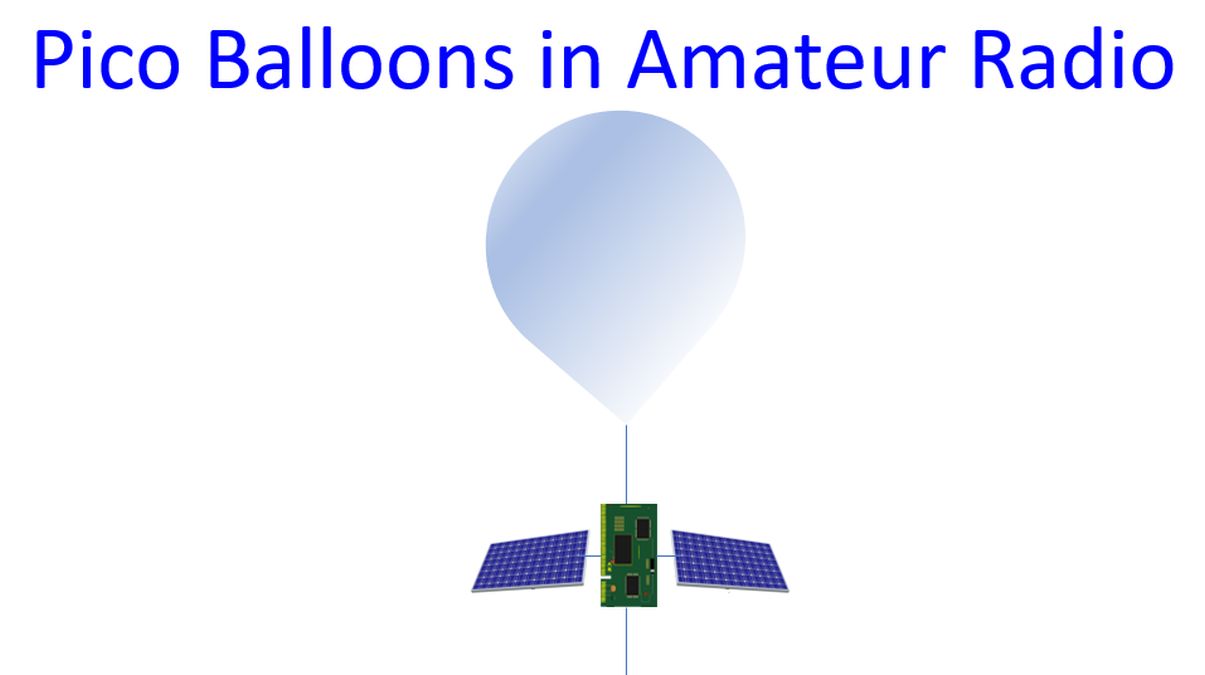Pico Balloons in Amateur Radio
Last year there was quite a buzz about the launch of an APRS balloon from an engineering college, in our LEO Satellite Repeater Contact Group. The launch was early in the morning and I too tried monitoring for the signals in my radio several times, though I was way beyond the predicted reach of the signals from the radio on the balloon. One ham in another city could receive the signals from the APRS balloon. Recently I saw the video clip of an amateur radio APRS balloon being launched by a club in the United States of America. It looked as if the balloon was not fully expanded and had wrinkles. It was only later that I understood that the balloons are smaller when launched and expand when they go high up in the atmosphere as the pressure outside decreases. I saw a fine wire dangling down from the balloon and a small ciruit board as well.

Reading more about pico balloons, I found that they are filled with hydrogen as it leaks less, and not with helium as I had thought. You may be aware that there are amateur radio pico balloons which circumnavigate the Earth several times over weeks. They are equipped with a radio transmitter, dipole antenna and tiny solar panels to power the circuit. Total weight of the payload may be just around 15 – 20 grams. The tracker of the balloon has a GPS chip and a tiny computer with a program in addition. Programming for geofencing is needed because some countries do not permit radio transmission of high altitude balloons over their territory.
Pico balloons in amateur radio usually use Automatic Packet Reporting System for transmitting information which includes position from the GPS chip. Range at which the signals may be heard may be even 5000 miles, though they use only about 10 mW power. High altitude in the range of 40,000 feet gives the ‘line of sight’ advantage for the tiny radio onboard the pico balloon. They transmit signals in the VHF or UHF amateur radio bands which can be received by the tracking station as well as by other radio amateurs with the required setup. SondeHub is a website which tracks these balloons. Amateur radio pico balloons being tracked currently can be viewed there: https://amateur.sondehub.org/
Update
One with call sign WB6RER was spotted over Antarctica after being afloat for 597 days, 22 hours, 40 mins on 6 January 2025. Distance travelled till then was at least 143,083 miles. Later it was spotted over Africa on 16 March 2025, at 50,919 feet. Distance traveled was at least 183,645 miles. It had been spotted 1,083 times with a flight duration: 666 days, 22 hours, 10 mins! It has a 10 meter WSPR transmitter on board.